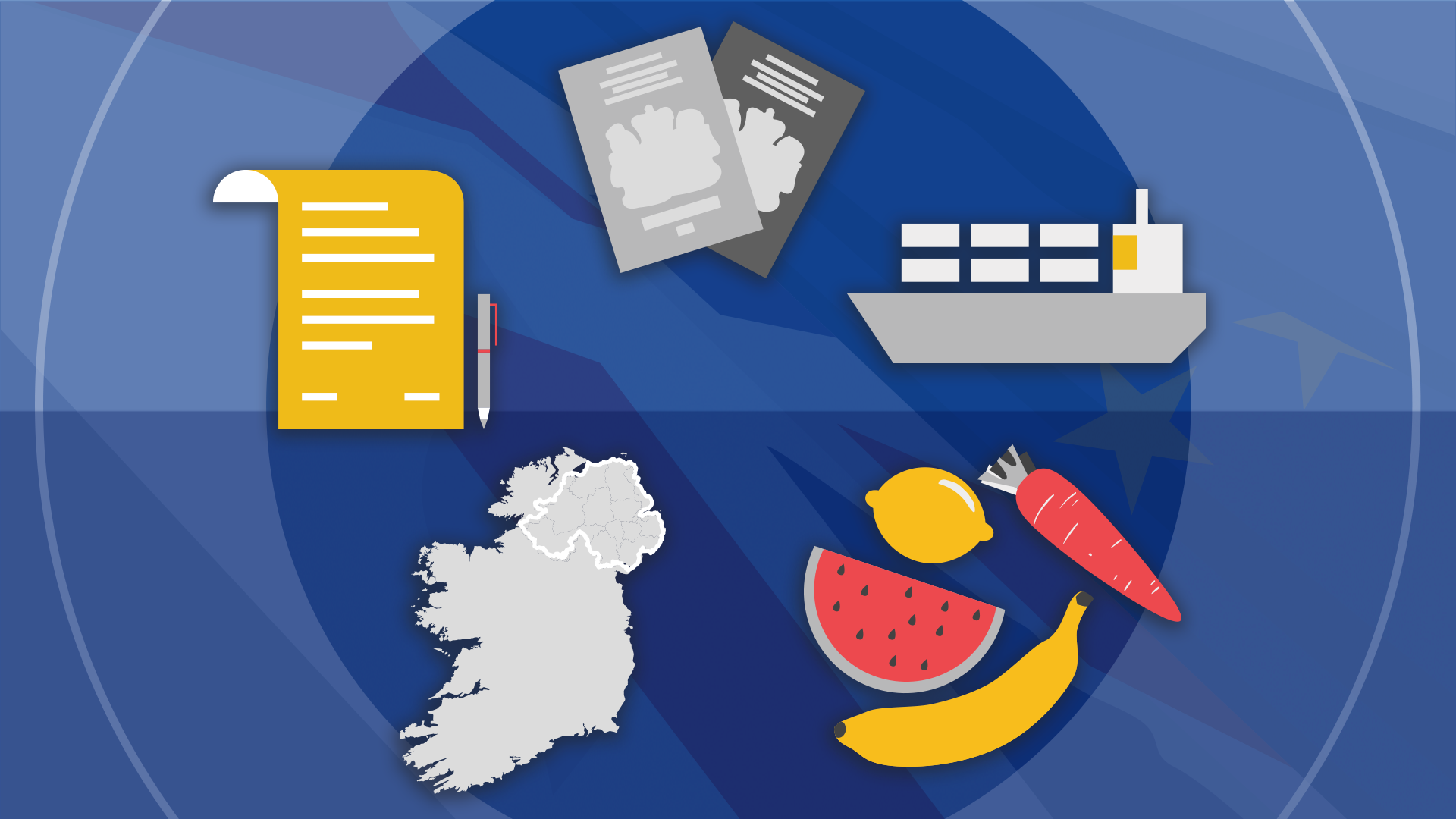Swedish expert offers post-Brexit Irish border solution
- Published
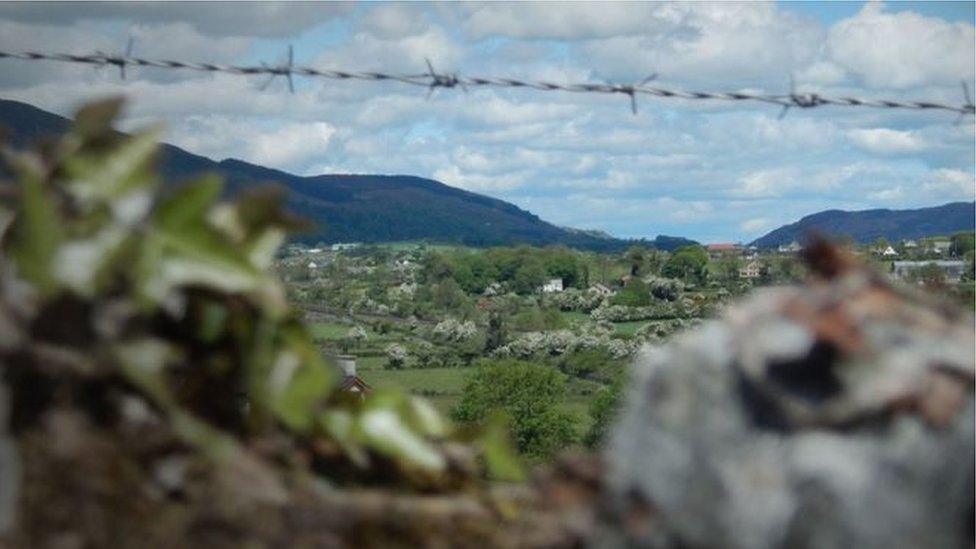
The problem of the Irish border remains a sticking point in Brexit negotiations
There is a technical solution to keeping an open border in Ireland after Brexit, a customs expert has suggested.
Lars Karlsson, a former senior officer in Swedish customs, was giving evidence to the Commons Brexit committee.
The elements of a "smart border" would make it possible to have no physical infrastructure at the frontier, he said.
But he agreed that a fully operational "smart border" is not currently in use anywhere in the world.
He described the current Sweden-Norway border as "60-75% a smart border with the potential to be improved further".
He was asked about a report that he had written for a committee of the European Parliament.
The Smart Border 2.0 report was based on an enhanced version of the Sweden-Norway border arrangements.
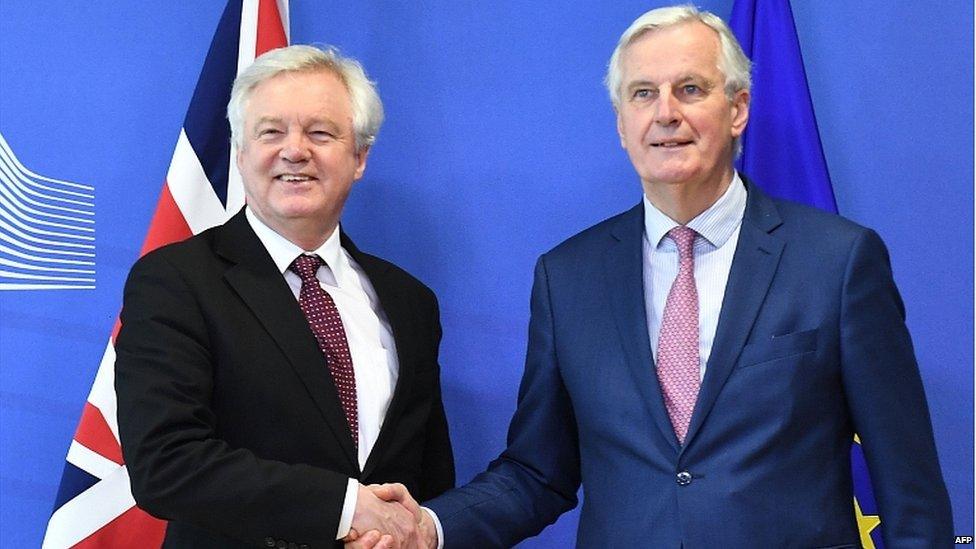
UK Brexit Minister David Davis, left, and EU chief negotiator Michel Barnier met in Brussels on Monday
Mr Karlsson said that for a smart border to work, there would need to be a comprehensive "trusted trader" scheme which covered small businesses.
Trusted trader schemes, also known as Authorised Economic Operator (AEO) status, allow companies to benefit from reduced physical checks.
However, they also impose an administrative burden meaning that usually only large companies participate in the schemes.
For companies which are not part of a trusted trader scheme, Mr Karlsson suggested their goods could be inspected at facilities away from the border.
He also suggested there would also have to be mobile cross-border controls to tackle smuggling.
He used the example of Sweden and Norway where there are cross-border "intervention zones".
He said it was also a "political issue" to decide on the level of risk management required at each border.

The border between Northern Ireland and the Republic of Ireland is about 310 miles long
Last week, the Irish government said ideas in Smart Border 2.0 would not be enough to prevent a hard border after Brexit.
In a letter to The Times newspaper, Ireland's ambassador to the UK Adrian O'Neill, said proposals in the report "rely on both physical infrastructure and staffed border posts."
Mr Karlsson was asked about the letter and said the shape of the border would depend on what was negotiated.
"It doesn't have to be gates, it's doesn't have to be number plate readers, it doesn't have to be CCTV readers, it's up to both sides to decide on the security level," he said.
The EU and UK have not reached agreement on the Irish border despite "decisive" progress on other Brexit issues.
The EU's negotiator Michel Barnier has said the two sides had agreed on a transition period.
It will begin from Brexit day - 29 March 2019 - and is designed to smooth the path to the future permanent relationship.
The so-called backstop option for the Irish border remains a sticking point.
- Published19 March 2018
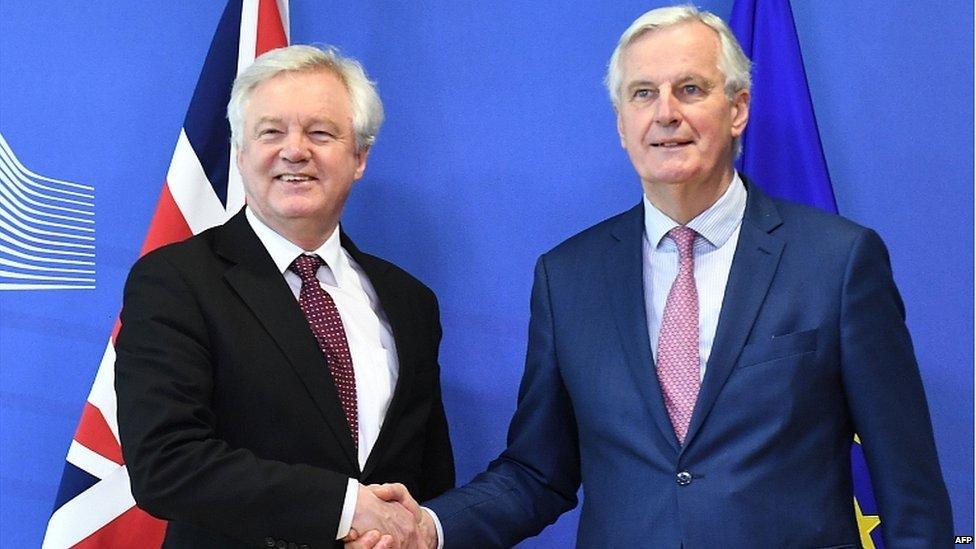
- Published19 March 2018
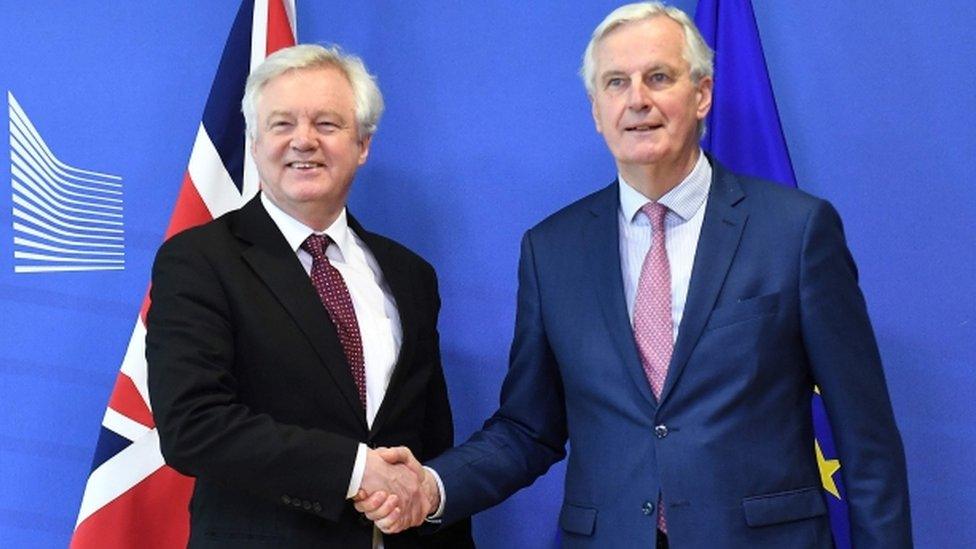
- Published28 February 2018
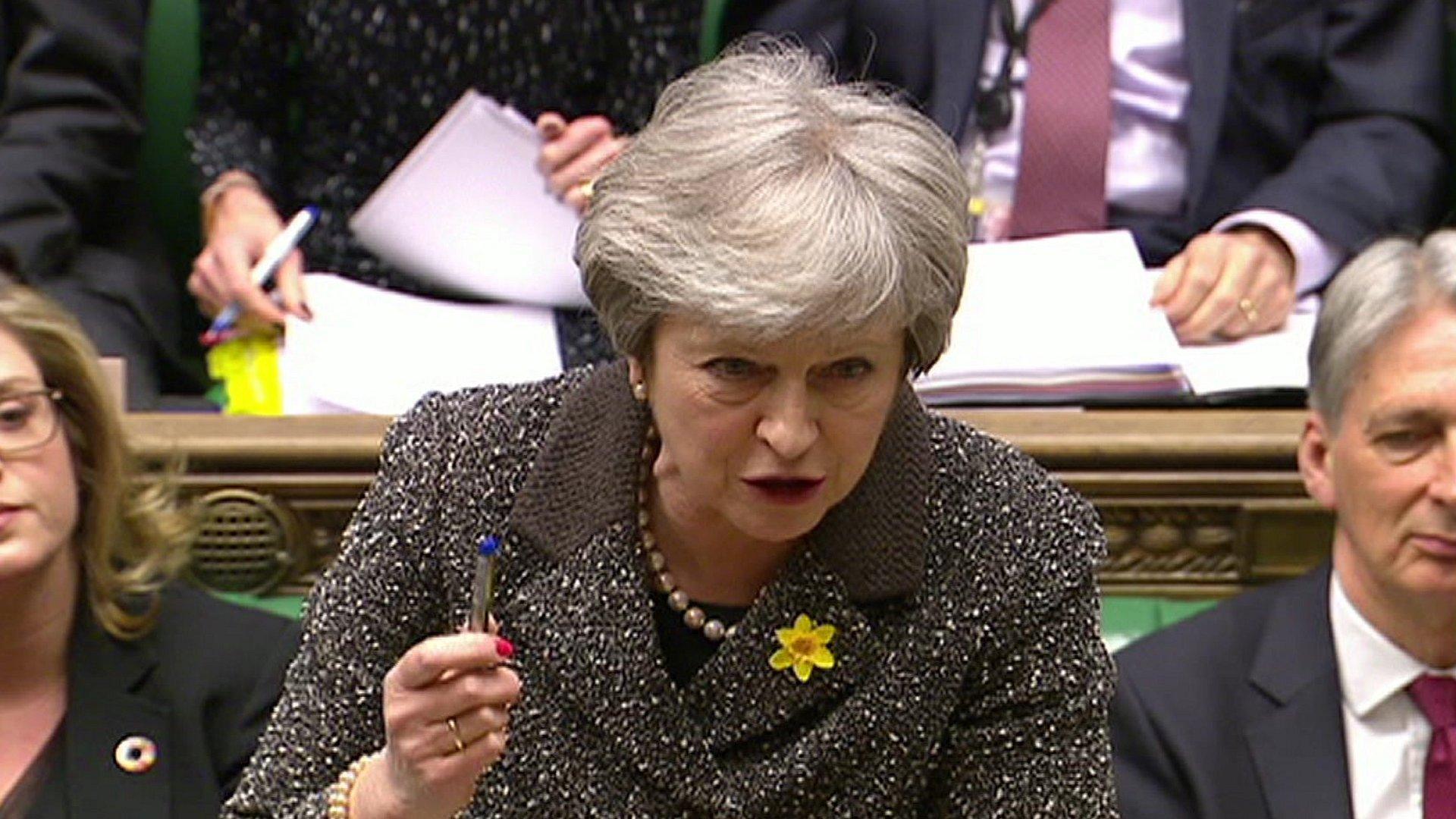
- Published30 December 2020
